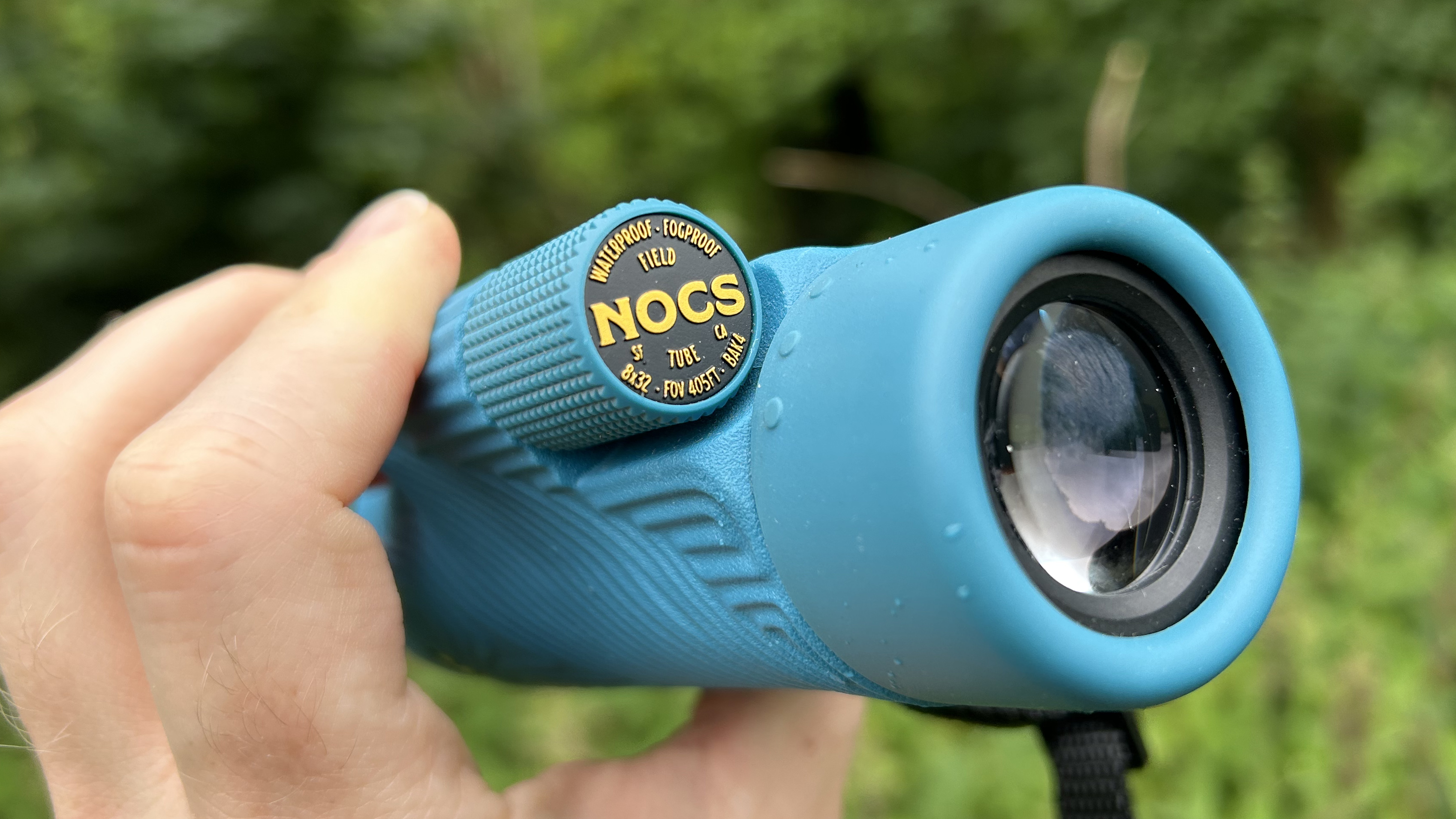
Californian optics brand Nocs Provisions’ range of colorful binoculars and monoculars is split into three families: the beginner-friendly Standard Issues, the all-rounder Field Issues and the sophisticated and more expensive Pro Issues. Earlier this year, I tested the Field Issue Waterproof 10x32 Binoculars and found them to be a very smart pair mid-sized bins. Featuring Nocs’ trademark ridged texture, which is both attractive and grippy; solid clarity; and easy to use features – I was suitably impressed.
The best binoculars are always going to have the edge over monoculars when it comes to overall image quality and field of vision. However, regardless of how you feel when it comes to binoculars vs monoculars, the latter does have the twin advantages of weight and portability, which can be a massive plus if you’re looking for optics to take on outdoor adventures. So, I was intrigued to try what Nocs calls ‘the one eyed complement to the 32mm Field Issue Binocular’, the brand new Field Tube 8x32, a compact monocular designed with packability in mind.
Meet the reviewer
First impressions
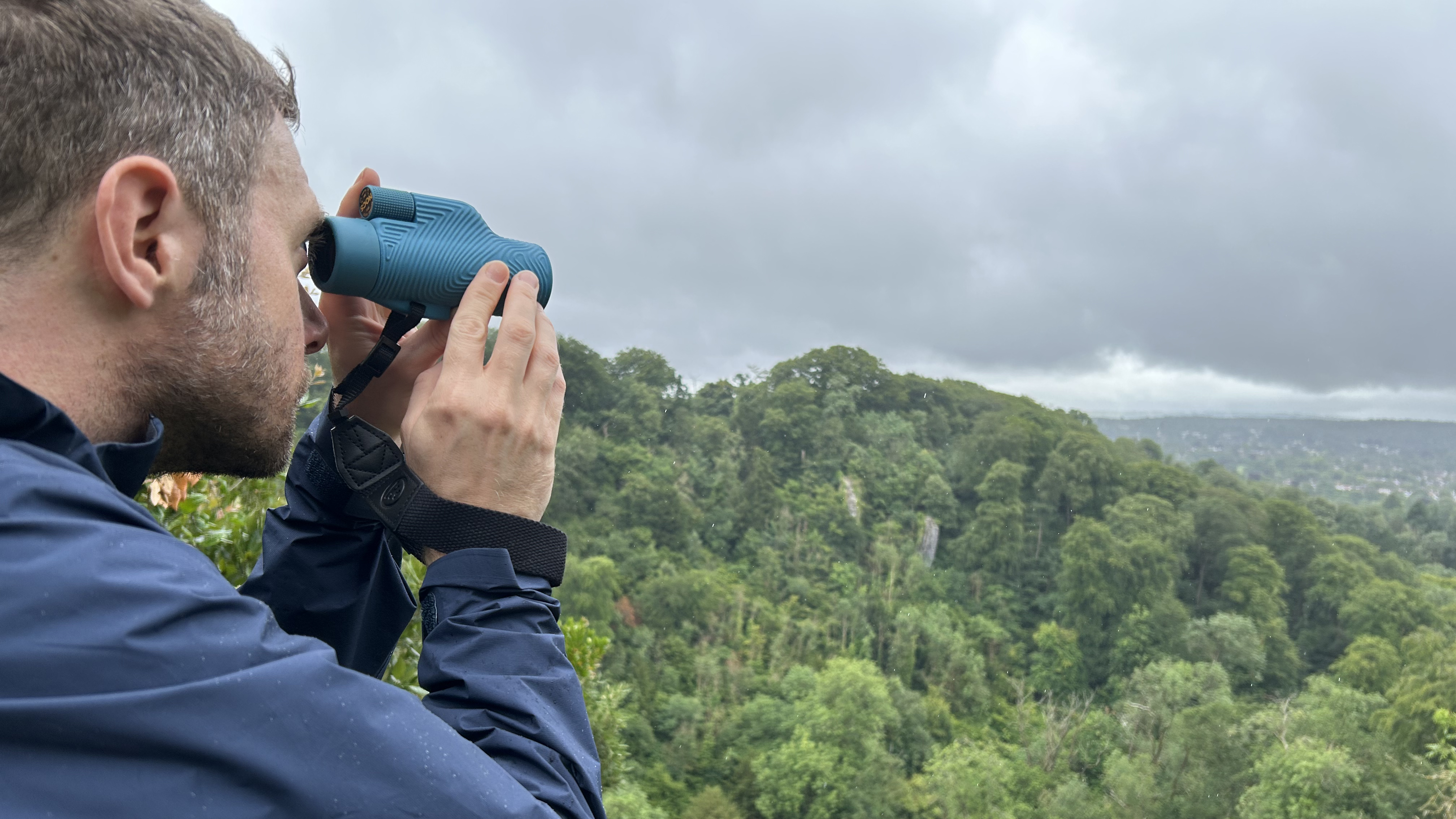
RRP: $125 (US)
Size: 128mm x 45mm / 5.03in x 1.77in
Weight: 239g / 8.4oz
Magnification: 8
Objective diameter: 32mm
Field of view at 1000yd: 123m / 405ft
Close focusing distance: 2.2m/7.4ft
The Field Tube features Nocs’ distinctively colorful ‘Rugged Wave Grip’: the ribbed texture that provides a non-slip hold in the hand. I like this bright and modern design, quite at odds with the stereotypical dull colors binoculars often sport. It’s certainly the first thing that jumps out at you when you liberate the Field Tube from its box.
It’s a neat little unit, beautiful in its simplicity. The embossed gold of the Nocs logo and the key specifications on the focus wheel are nice touches that add a bit of class. Image clarity and contrast are good, while the oversized focus wheel makes sharpening things up a doddle. When held in one hand, it’s obviously shakier than a pair of bins, but then there’s enough space on the tube for a second hand to stabilize the image.
So far, so good. Let’s get beneath its ridged skin and take a look at the Field Tube’s features.
The optics
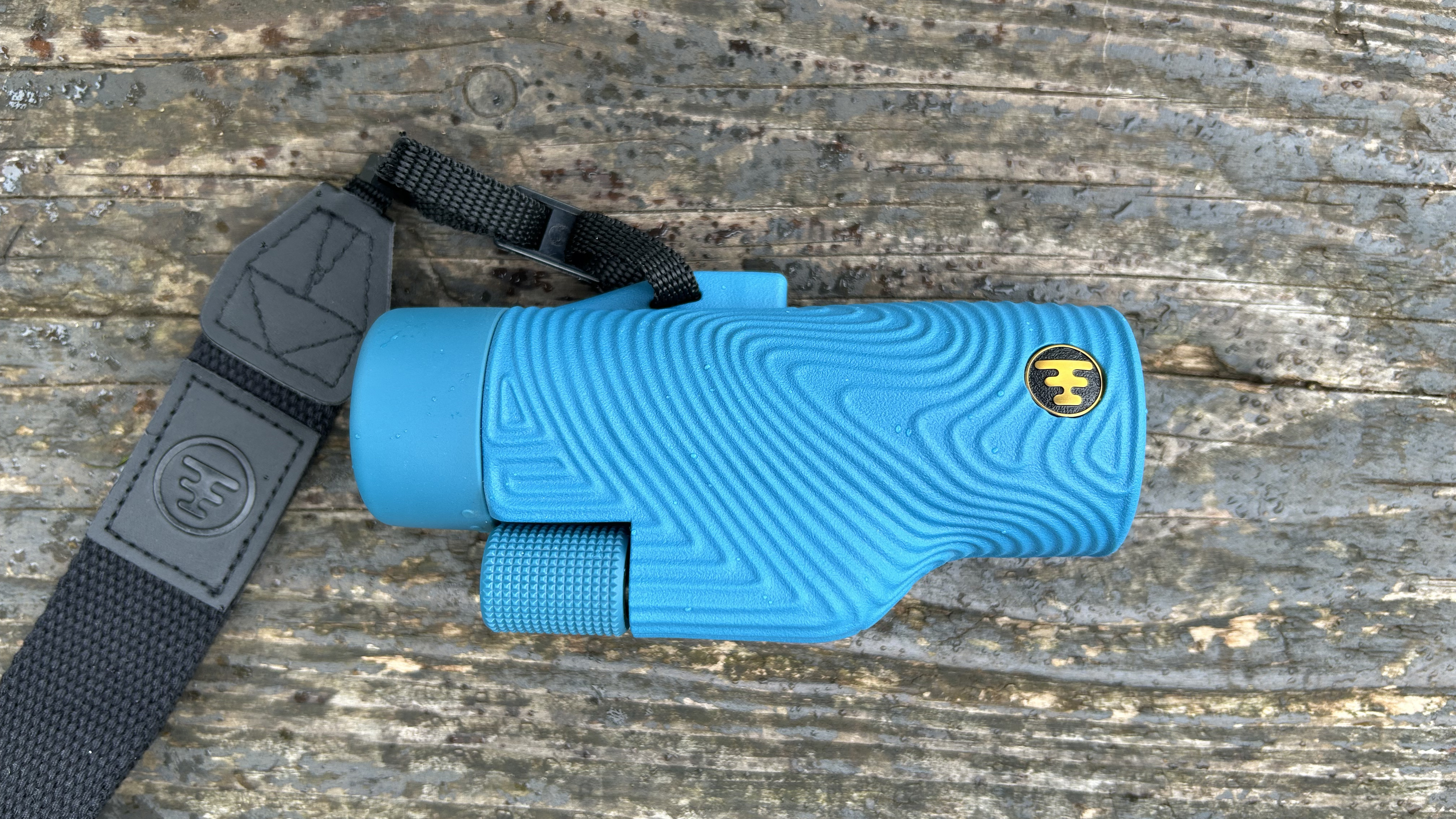
The Field Tube has a magnification factor of 8, ideal for nature watching, and a 32mm objective diameter, which is fairly standard in compact binoculars and the like. This means it doesn’t greedily gather quite as much light as something like Hawke’s Endurance 8x42 binoculars, which we rate highly for observing wildlife. Nevertheless, considering the Field Tube’s portability, this is to be expected.
A clear image is achieved thanks to the fully multi coated lenses, which are scratch resistant and provide anti-reflective qualities. To bring those kingfishers and red kites into focus, there’s an easy to operate, oversized focus wheel that’s textured for one-finger adjustment.
The Field Tube boasts the same BaK4 prism as the Field Issue Binoculars. This Swiss-designed porro prism is put to use in many premium optical instruments. If you appreciate how binoculars work, you’ll know the importance of a quality prism and the Field Tube has one.
Feature focus
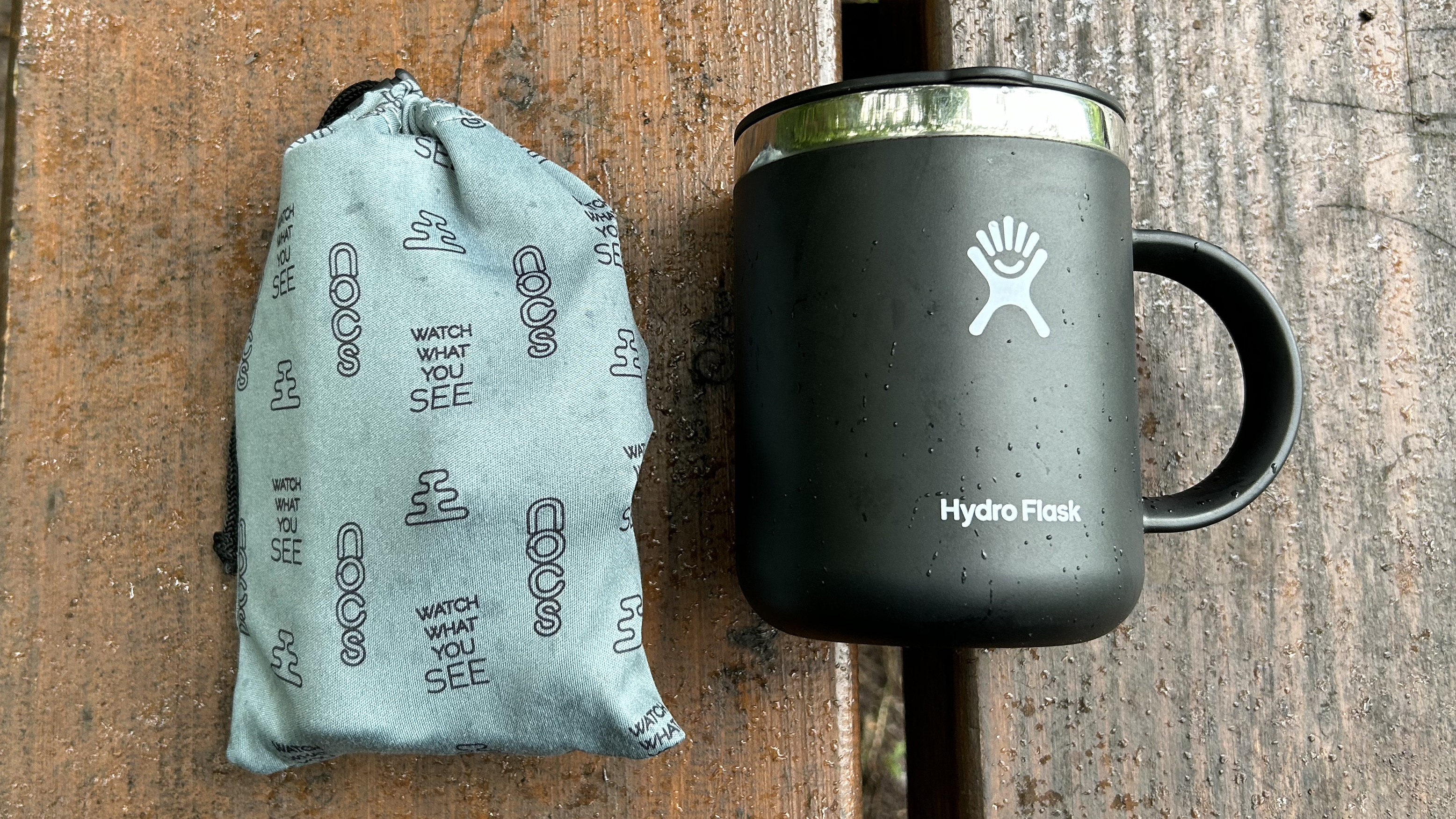
The whole reason I’d look into investing in a monocular are that they are typically smaller, lighter and more packable than a pair of binoculars. If I’m heading out into the backcountry on a long-distance hike and I’m trying to keep the weight down, a monocular like the Field Tube is a much more tempting option than a pair of bins. They still provide the opportunity to view wildlife up close or take a detailed look at the route ahead, without the weight penalty.
This is because the Field Tube weighs 239g (8.4oz), which is about the weight of an orange. Meanwhile, it’s small enough to stash in a pocket or slot into the mesh side panel of a daypack. It’s just a little over half the weight of its Field Issue binocular brethren and there’s no way I’d be fitting those in my pocket. So, this is very much the USP of the Field Tube.
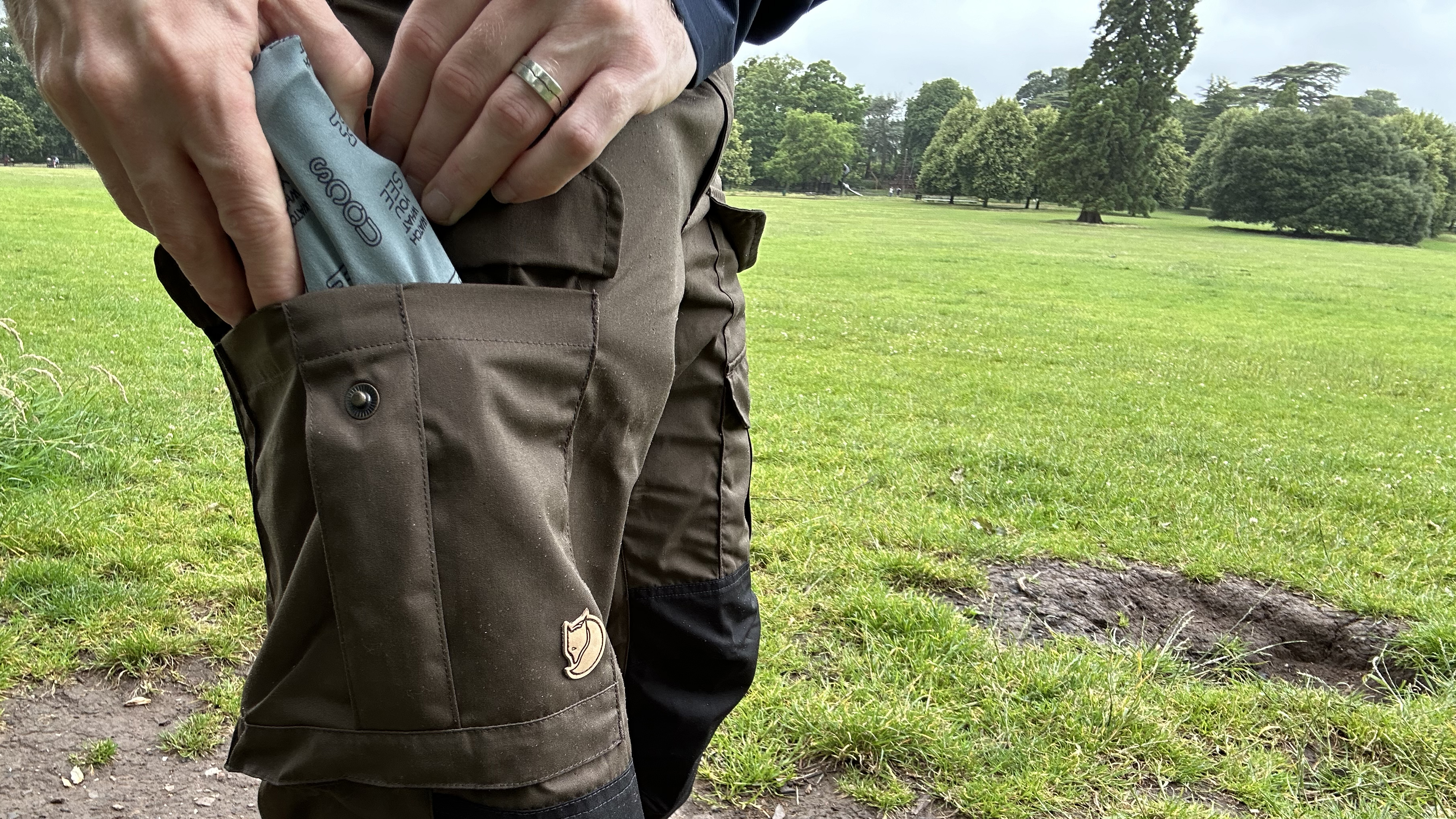
All this functionality would all be for naught if the Field Tube wasn’t robust enough to take on the backcountry. This is why it’s waterproof-rated to IPx7, meaning it can cope with submersion up to 1 meter for up to half an hour. In other words, a bit of rain won’t hurt it.
It’s also fog proof. No, this doesn’t mean it can magically see through misty conditions – the brand that invents such a device will make a killing among mountain enthusiasts! No, what it means is that it prevents fog building up on the interior of the lenses. It achieves this thanks to nitrogen-filled internal chambers.
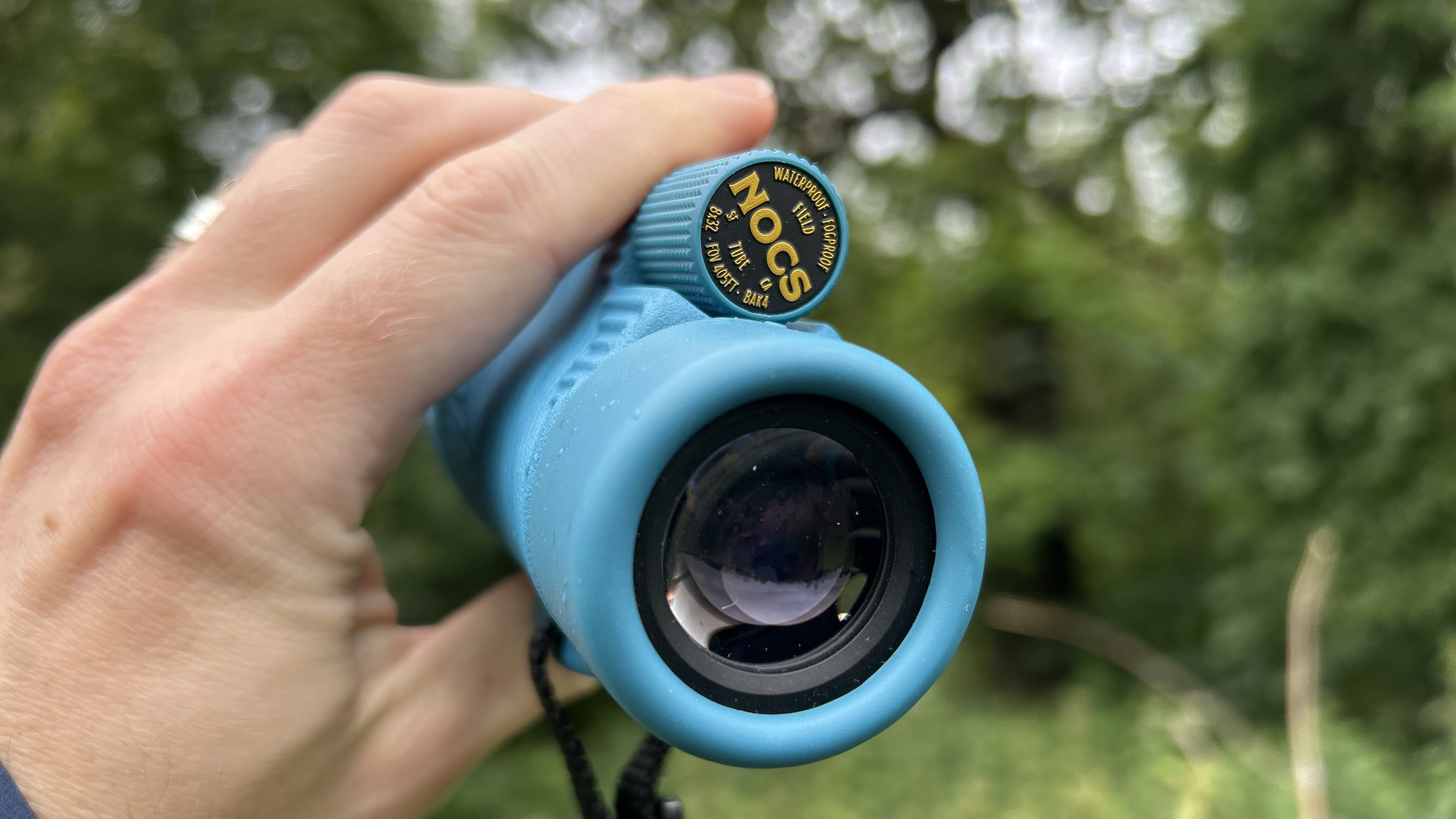
It can also be screwed onto a tripod or similar for really stable viewing pleasure. To round things off, the Field Tube comes with a lifetime warranty, its packaging is fully recyclable, is printed with soy-based inks and is itself made from 90% post-consumer recycled cardboard. So, a few sustainability ticks there then.
In the field
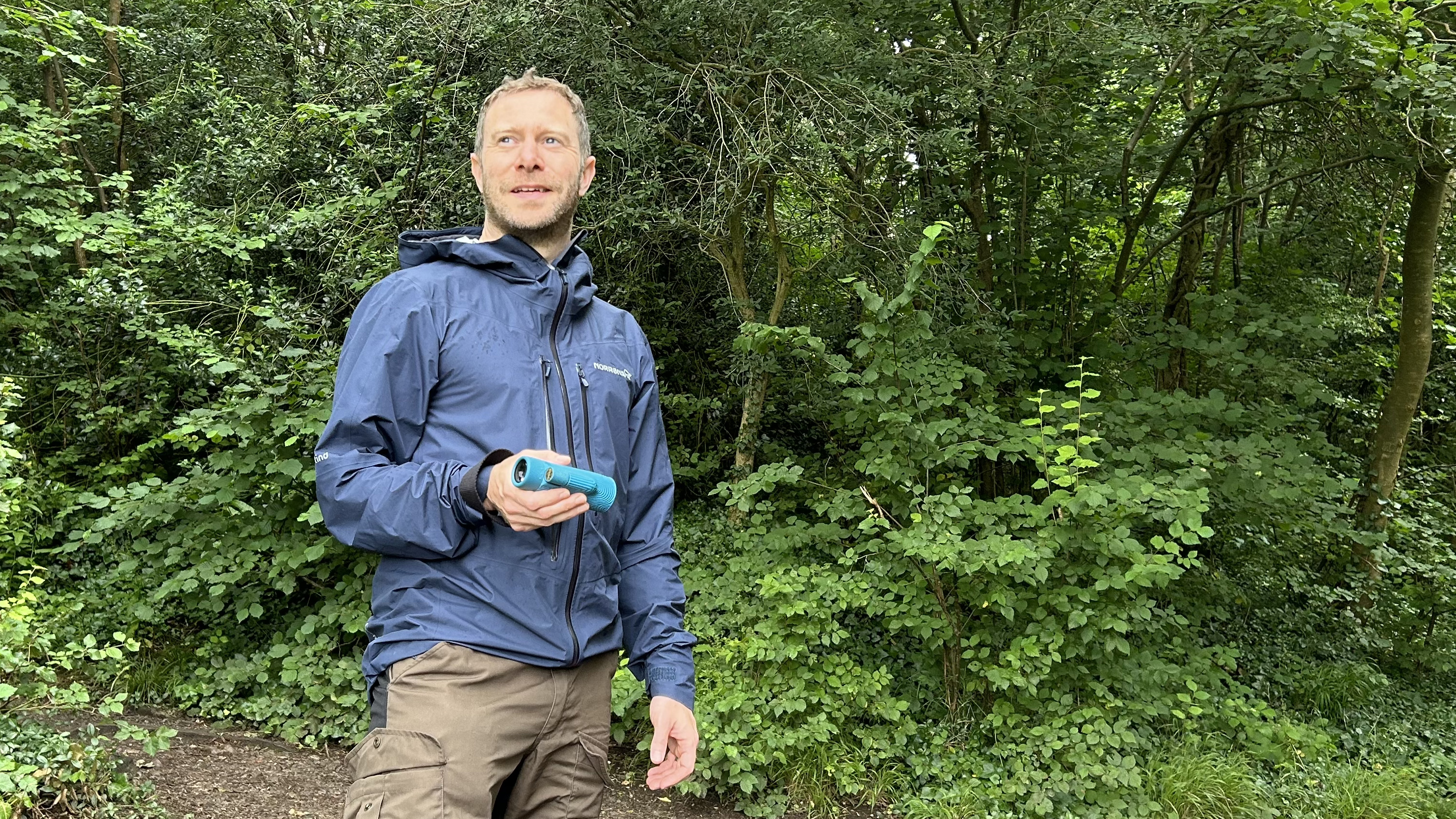
I really enjoyed using the Field Tube when out and about during the test period. Its ability to slot into a pocket, ready for those chance encounters with deer, foxes, peregrines and other wildlife is a real boon and it's a lot more packable than a pair of bins.
One barrel didn't necessarily mean one handed use, as I found that I was able to get the steadiest image with the stability offered by two hands. However, it is possible to hold the Field Tube and adjust the focus wheel with just one. The focus wheel turns smoothly and is really easy to grip thanks to its textured finish. Meanwhile, the ridged design of the body makes the Field Tube difficult to drop. Always handy when exploring steep escarpments.
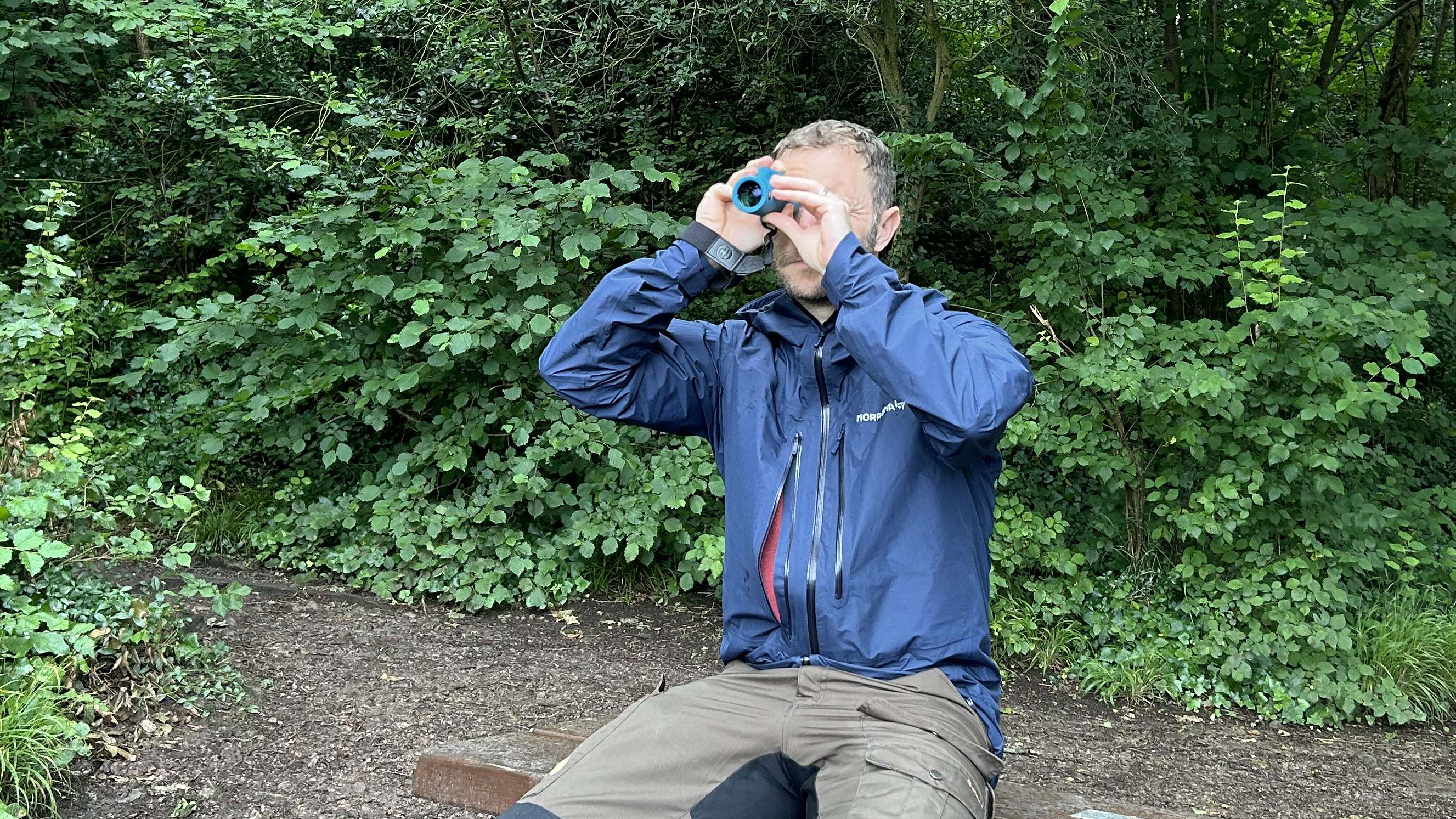
With a monocular, what you gain in lightweight packability you lose in overall field of vision and viewing pleasure when compared to standard bins. Nonetheless, I was impressed with the sharp, clear image I was able to get from the Field Tube. Even when wearing glasses, I was able to adjust the eyepiece to suit.
I'd have liked a strap that could be worn around the neck, like most binoculars have. While the wrist loop gave me the security that I couldn't drop the Field Tube, it's not as though I'd be able to comfortably walk with it swinging from my arm. So, after use, I'd always have to pop it back in my pocket, rather than having it to hand, as it would have been had I been able to strap it around my neck.
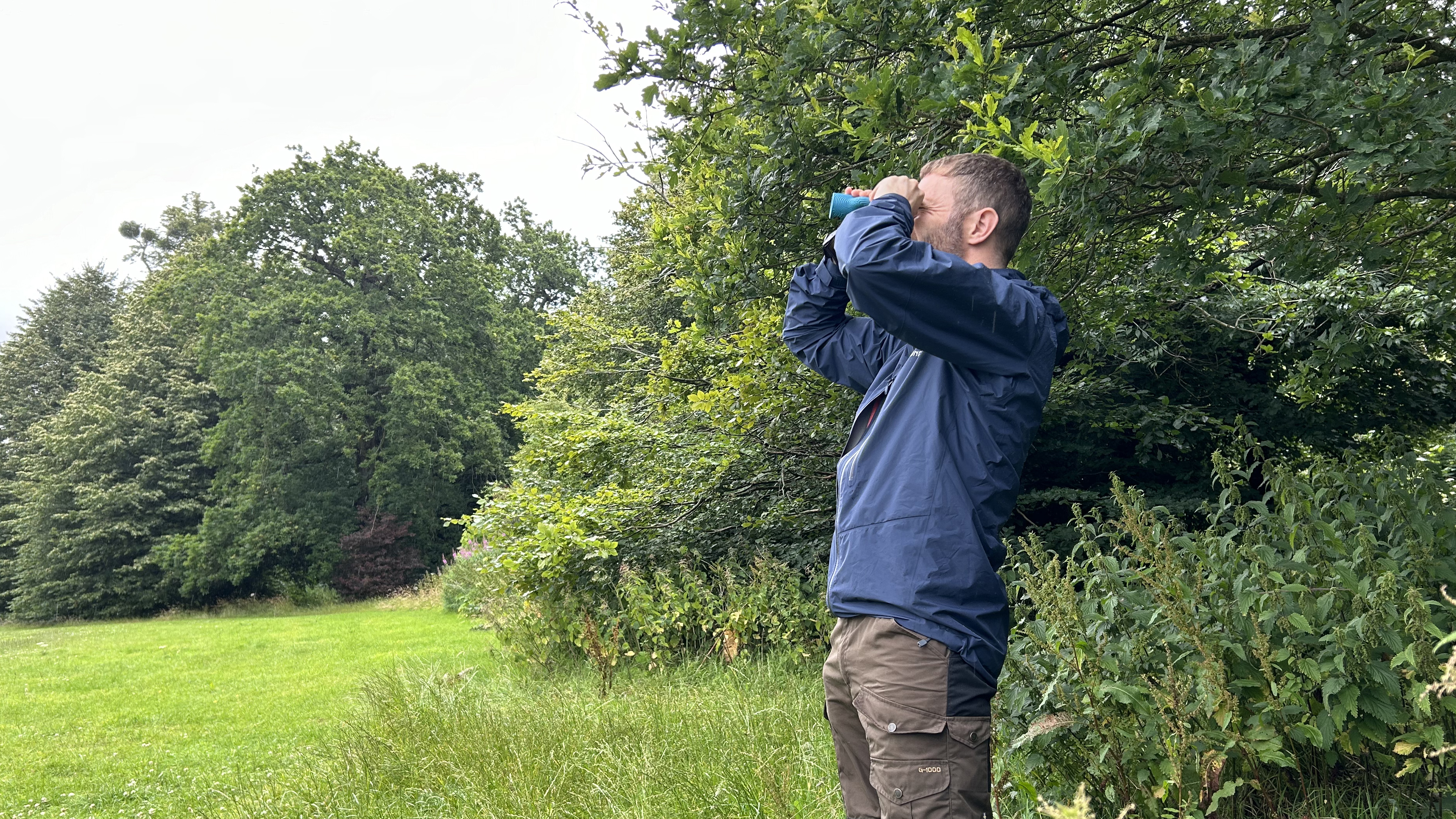
The close focusing distance is around 7ft / 2.2m, which is pretty decent but not suitable for really getting in close of butterflies, wildflowers and the like. If this kind of thing is your bag, we'd recommend the Kowa BD32-8XD binoculars.
When all is said and done, this is an impressive little unit that's great for a spot of casual wildlife watching on hikes or backpacking trips. Of course, if you're a serious birder or wildlife enthusiast, it won't replace your binoculars, but that's not what it's intended for.







